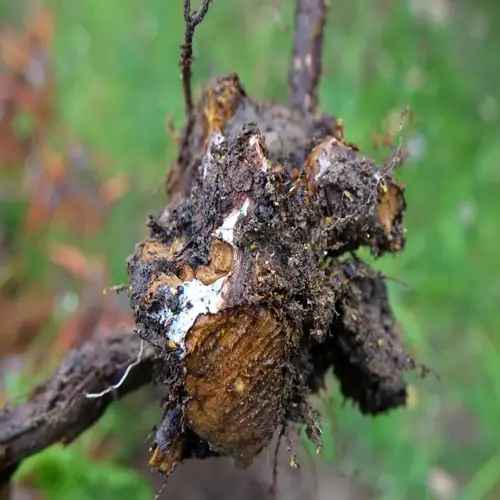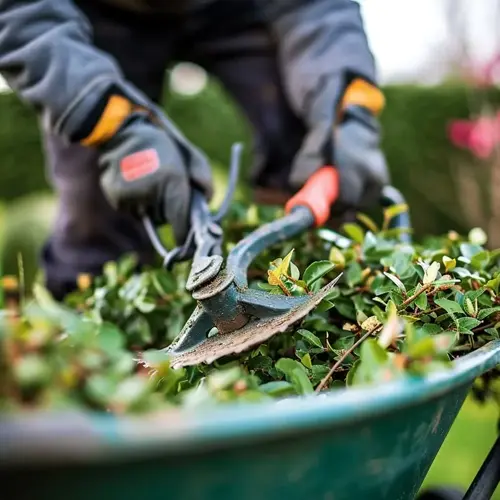What plants struggle most in unamended clay?

Written by
Tina Carter
Reviewed by
Prof. Samuel Fitzgerald, Ph.D.Unaltered clay soils bring frustrating situations that many common garden plants can't withstand. Density and poor drainage block root systems, limiting nutrients. Knowing that a few plants struggle the most, you can save yourself the aggravation and let down in very frustrating clay gardens.
Mediterranean Herbs
- Examples: Lavender, rosemary, thyme, sage
- Issue: Require sharp drainage clay cannot provide
- Symptom: Root rot during wet periods
- Solution: Plant in raised beds with sandy mix
Root Vegetables
- Examples: Carrots, parsnips, potatoes, beets
- Issue: Compacted soil causes deformed roots
- Symptom: Forked or stunted edible roots
- Solution: Amend with 6 inches compost before planting
Fruit Trees
- Examples: Apple, peach, cherry, plum
- Issue: Oxygen starvation in dense soil
- Symptom: Slow growth and premature leaf drop
- Solution: Plant on berms with wide amended zones
In poorly-drained clay sites, shallow-rooted annuals have it particularly rough. Petunias, marigolds, and zinnias are standing in "waterlogged" soils when it rains; the water sits on top. The shallow-rooted yards have nothing to anchor the oxygen down to the soil when it is saturated for a long time.
Bulb plants, such as tulips and daffodils, often suffer from rot when planted in unimproved clay. When supplemented with winter moisture and poor drainage, fungus diseases thrive in moderate spring temperatures. Bulbs planted in the fall often wilt and succumb to winter waterlogging, despite appearing healthy before winter.
Achieving successful gardening in clay soil requires matching your plants to their environment. For areas with drainage issues, use moisture-tolerant plant types, such as hostas or ferns. For places where you want to garden with delicate plant types, you will want to make deep soil amendments prior to planting to create suitable growing conditions.
When amending for sensitive plants, the key is to amend deeply. Dig planting holes three times wider than the root ball. Mix native clay equally with compost and coarse sand; this will ensure that the drainage bathtub effect does not occur, while providing roots with the right environment to grow.
Read the full article: Soil Amendments for Clay: Transform Your Garden

